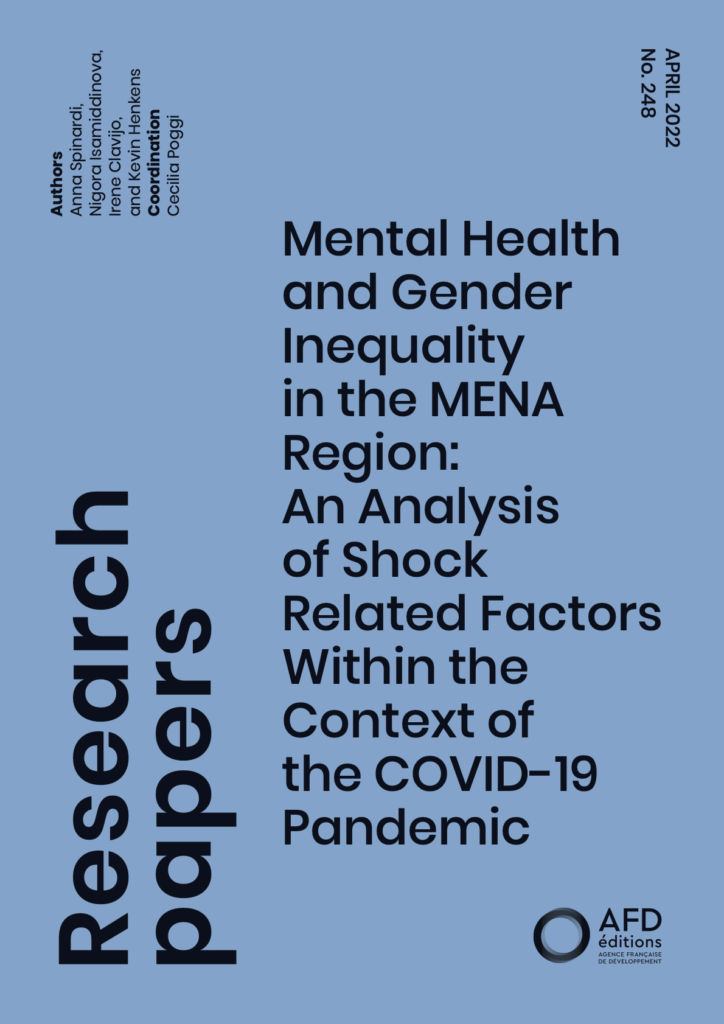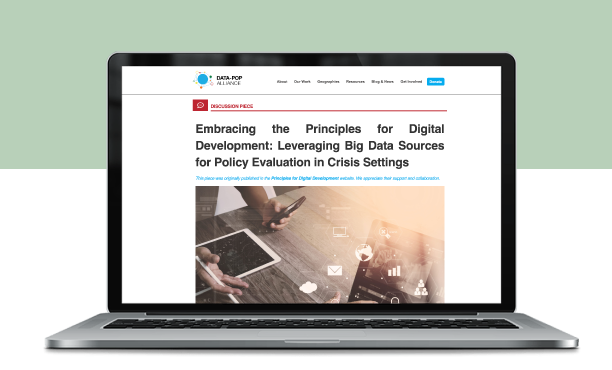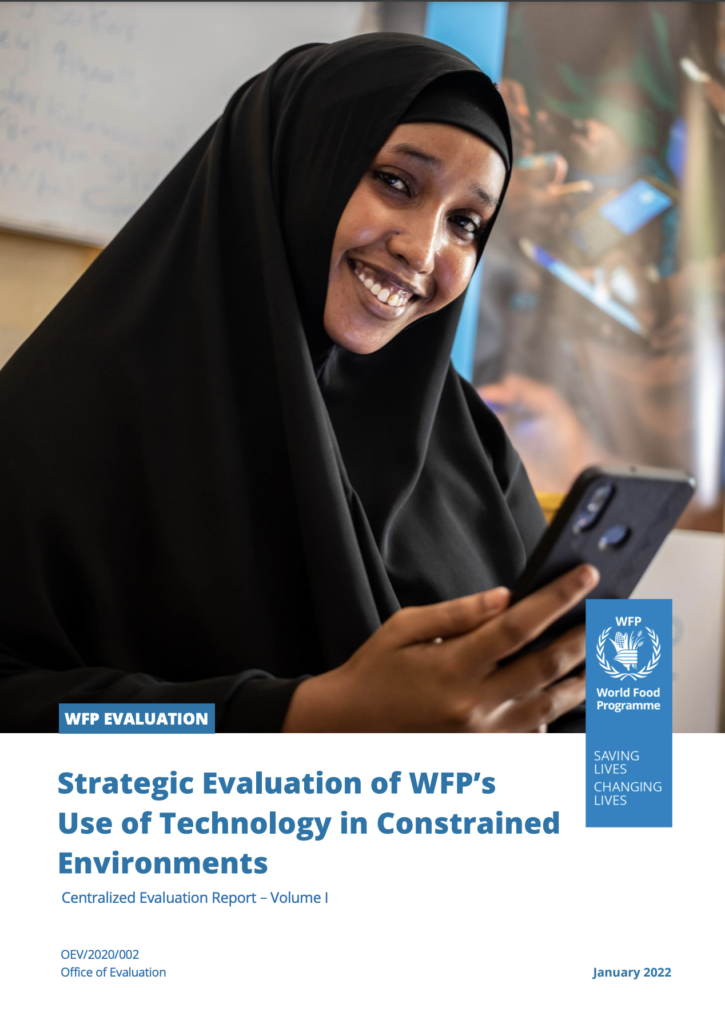Jordan
11.2
Population 2022 (Millions)
0.72
HDI Score
2021 (Max. 1)
69.9
SDG Score
2023
(Max. 100)
0.47
Gender Inequality
Index Score
(Max. 1)
60
Internet Inclusivity
Index 2022
(100 countries)
Overview
Projects

- Egypt, Jordan, Middle East and North Africa (MENA), Morocco, Tunisia
- May 2021 - May 2022
- P3 - Resilient Livelihoods and Ecosystems
In partnership with the French Development Agency (AFD) and the Economic Research Forum (ERF), DPA produced a research paper investigating the potential associations between the socioeconomic impacts of COVID-19 on the gendered mental health inequalities in the MENA region. The study adopted a mixed-methods approach, based on a thorough literature review, and the analysis of quantitative data via the application of the Oaxaca-Blinder (OB) decomposition model. The results of this study were used to produce a policy paper with targeted recommendations to mitigate the impacts of the pandemic on women’s mental health, as well as to improve their social and economic well-being.

- Jordan, Lebanon, Middle East and North Africa (MENA)
- July 2020 - May 2021
- P3 - Resilient Livelihoods and Ecosystems
Following an initial collaboration with UN ESCWA for the assessment “Leveraging Behavioral and Humanitarian Data Sources to Analyze the Development Challenges Faced by Syrian Refugees and Host Communities in Lebanon”, this project focused on utilizing non-traditional Big Data sources, such as social media and Google search data, to provide timely insights in crisis settings on key topics (economic indicators, access to food, sentiments around specific policies, etc). The DPA team collaborated closely with the Central Administration of Statistics (CAS) of Lebanon and the Department of Statistics (DoS) of Jordan and held several trainings and workshops around the project output.

- Bangladesh, Iraq, Jordan, Middle East and North Africa (MENA), Niger, South Sudan, Sub-Saharan Africa (SSA), the Democratic Republic of the Congo
- September 2020 - February 2022
- P1 - Just Digital Transformations
This evaluation, developed in collaboration with ADE, looked at the extent to which WFP has effectively and efficiently deployed the most appropriate Information and Communication Technologies (ICTs), and how, why and under which conditions the use of technologies has contributed to management and program objectives. The team designed a mixed methods approach consistent with WFP’s proposed analytical framework and outlined the factors affecting technological innovation and diffusion. In addition, six case studies were conducted in Jordan, Niger, Iraq, South Sudan, the Democratic Republic of the Congo, and Bangladesh.
